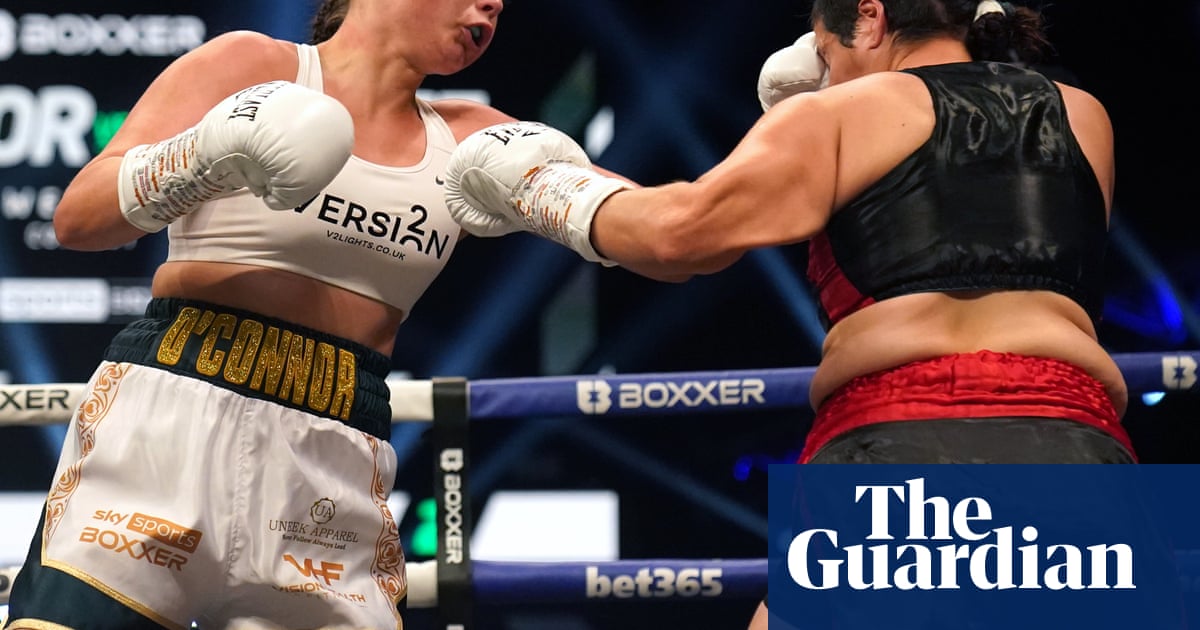The passing of Georgia O’Connor at just 25 years old has sent ripples through the boxing community and beyond, as tributes pour in for the young athlete. Diagnosed with cancer earlier this year, her story highlights not only her achievements in the ring but also the personal battles she faced. The article serves multiple purposes, including paying homage to her legacy while also shining a light on the impact of health issues on young athletes.
Community Response and Emotional Impact
The article emphasizes the emotional weight of O’Connor's death on her community and the boxing world. Statements from her promoters, Boxxer, and from England Boxing reflect a shared sense of loss and admiration for her talent and determination. The language used in these tributes evokes a strong sense of mourning, suggesting that her life and career were cut short too soon, which is likely aimed at uniting the community in grief and remembrance.
Public Awareness and Health Issues
By mentioning O’Connor's battle with ulcerative colitis, the article subtly raises awareness about the challenges athletes face beyond their sport. This aspect may be intended to inform the public about the seriousness of health conditions that can affect performance and quality of life, particularly for young athletes. Thus, the intention behind this news may also include advocating for more support and awareness surrounding health issues in sports.
Potential Concealments or Underlying Issues
While the article focuses on O’Connor's death and career, it does not delve deeply into the details of her illness or the specific circumstances surrounding her cancer diagnosis. This could suggest a desire to keep the narrative focused on her achievements rather than exploring the complexities of her health struggles. Such a focus can sometimes lead to a more sanitized version of events, potentially obscuring the realities that many athletes face.
Manipulative Elements
The emotional language and focus on tributes may serve to manipulate the public's perception of the boxing community as a supportive and united front. While this is largely true, it can also gloss over the competitive and sometimes harsh realities of the sport. The portrayal of O’Connor as a "warrior" reinforces a romanticized view of athletes that may not fully reflect the struggles they endure.
Reliability of the Information
The article appears to be grounded in factual reporting regarding O’Connor's achievements and the responses from the boxing community. However, the selective focus on her accolades and the emotional responses could lead to a somewhat biased portrayal. The authenticity of the emotional tributes is likely genuine, but the overall narrative may lack a broader context that includes the darker aspects of being an athlete facing serious health issues.
Connection to Current Events
The significance of this news piece sits within the broader context of discussions about athlete health, mental wellness, and the pressures faced by young sports professionals. As society increasingly scrutinizes the impact of physical and mental health on athletes, O’Connor's story may serve as a poignant reminder of these issues.
Target Audience and Community Support
This news will likely resonate more with sports enthusiasts, particularly those involved in boxing or combat sports. Furthermore, it may also appeal to health advocacy groups focusing on chronic illness awareness and support for athletes.
Market and Economic Implications
While this news is unlikely to have direct implications on stock markets or specific companies, it may draw attention to the sports industry regarding athlete welfare. Companies involved in sports health, nutrition, and wellness might see an increase in interest or discussions surrounding their products and services in light of such tragic events.
Global Impact and Current Relevance
O’Connor's story does not directly shift global power dynamics but aligns with ongoing conversations about health, youth sports, and the challenges faced by young athletes globally. Her death adds to a growing narrative about the need for better support systems in sports.
In conclusion, the article serves as both a tribute to a young life lost and a reminder of the health challenges faced by athletes, while also fostering community solidarity. The emotional resonance and focus on O’Connor’s legacy likely aim to inspire reflection and action regarding athlete health issues.
